Industry information
Company News
- The secret behind aluminum veneer: it's not just about aluminum sheets!
- Fluorocarbon aluminum veneer, the new darling of the construction industry!
- Fluorocarbon aluminum veneer: the "fashionable coat" of modern architecture
- Punched aluminum veneer: infinite creativity, a new trend of architectural beauty
- Aluminum veneer customization, creating personalized space art
Industry dynamics
- Fluorocarbon aluminum veneer: a fashion pioneer in the building materials industry, combining aesthetics and practicality!
- Aluminum veneer: a low-key luxury choice in modern architecture
- Hyperbolic aluminum veneer: an innovative element in architectural aesthetics
- Punched aluminum veneer: a perfect combination of fashion and practicality
- Creative design combined with wave 3mm aluminum veneer to create a unique modern building
Frequently asked questions
- Can the insulation function of aluminum veneer reduce the energy consumption of buildings?
- What is the antioxidant performance of aluminum veneer?
- How does aluminum veneer provide the weather resistance required for modern buildings?
- Is the production process of aluminum veneer environmentally friendly?
- What are the advantages of aluminum veneer compared to other building materials in modern architecture?
contact us
Mobile:+86 15627778610
Email: 2201229786@qq.com
Address: No. 5 Binjiang Road, High tech Zone, Zhaoqing City, Guangdong Province
Discussion on the insulation effect of aluminum veneer
- Author: Jinba Aluminum Industry (Guangdong) Co., Ltd
- Release time: March 7, 2025 13:45:13
- Click:0
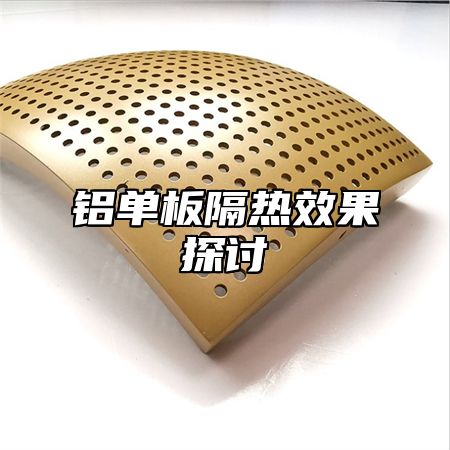
Aluminum veneerIt is a material widely used in fields such as construction and decoration, with advantages such as lightweight, corrosion resistance, and easy processing. But what is the insulation effect of aluminum veneer? This article will explore the thermal insulation effect of aluminum veneer from the aspects of its physical structure, heat transfer principle, etc.
1、 The physical structure of aluminum veneer
Aluminum veneer is made from aluminum alloy sheets through cutting, stamping and other processes, with a certain thickness and strength. The surface of aluminum veneer is usually treated with anodizing to form an oxide film to improve its corrosion resistance.
2、 Heat transfer principle
There are three ways of heat transfer: conduction, convection, and radiation. In buildings, heat transfer is mainly achieved through conduction and convection. Conduction refers to the process of transferring heat from a high temperature area to a low temperature area, while convection refers to the process of transferring heat from a high temperature area to a low temperature area in a fluid (such as air). Radiation refers to the electromagnetic wave energy emitted or absorbed by the surface of an object, including visible light, infrared radiation, etc.
3、 Thermal insulation effect of aluminum veneer
Aluminum veneer has good thermal conductivity, therefore it performs poorly in terms of conduction. However, aluminum veneer has good reflectivity and radiation, which can reduce the influence of convection and radiation heat transfer, thereby improving its insulation effect. Aluminum veneer can also be further enhanced with special insulation coatings or sandwich materials to improve its insulation effect.
4、 Practical application cases
In practical applications, aluminum veneer is often used for decoration and insulation of building exterior walls, roofs, doors and windows. For example, in cold northern regions, people often use double-layer or three-layer aluminum veneer curtain walls to achieve thermal insulation and warmth retention of buildings. Some high-end hotels, office buildings, and other places often use aluminum veneers as decorative materials, which are both beautiful and practical.
5、 Summary
Aluminum veneer has good reflectivity and radiation, which can reduce the influence of convection and radiation heat transfer, thereby improving its insulation effect. In practical applications, people can further improve the insulation effect of aluminum veneer by using special insulation coatings or sandwich materials.

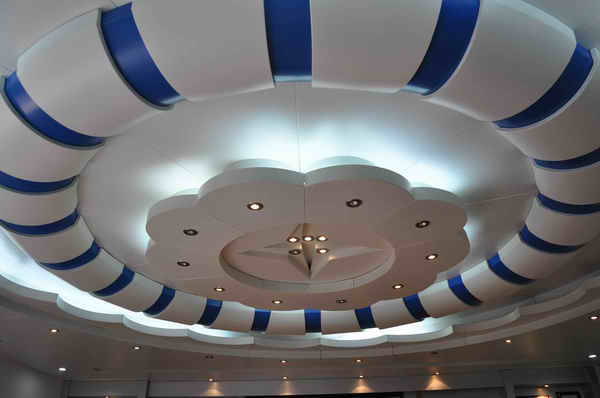
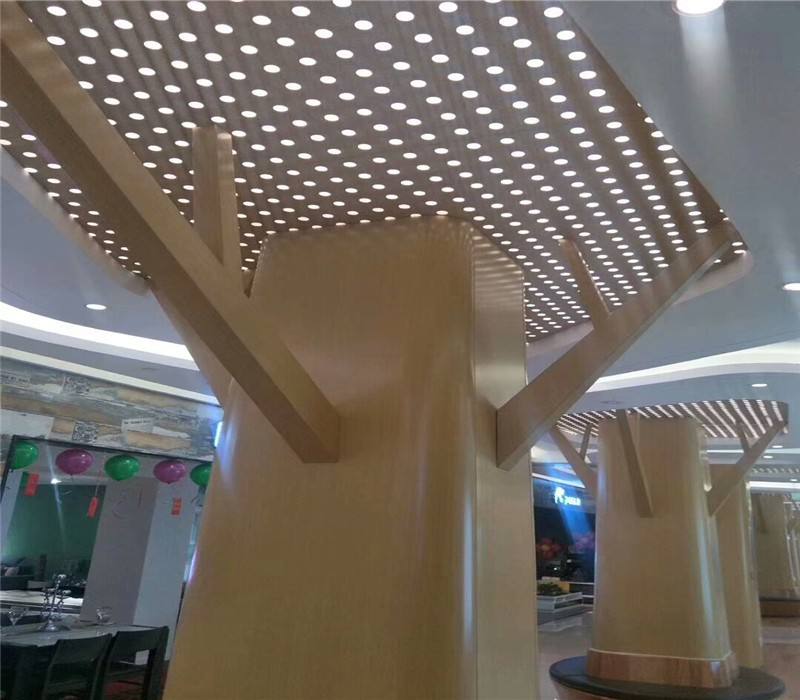
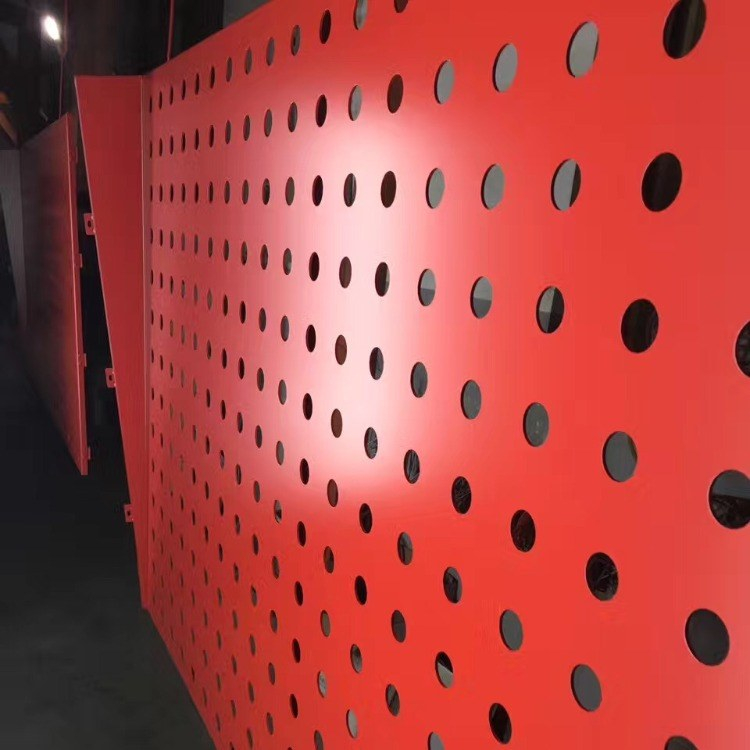
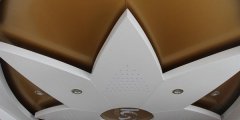
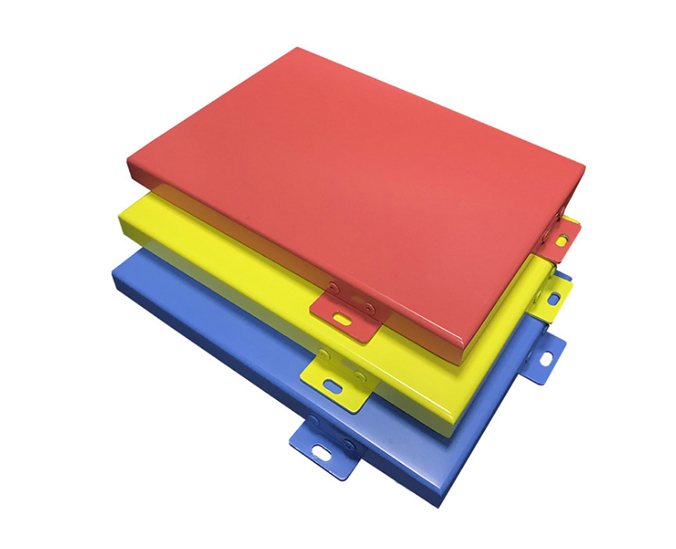
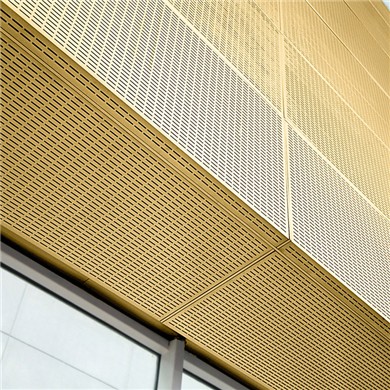
 Customer service QQ
Customer service QQ